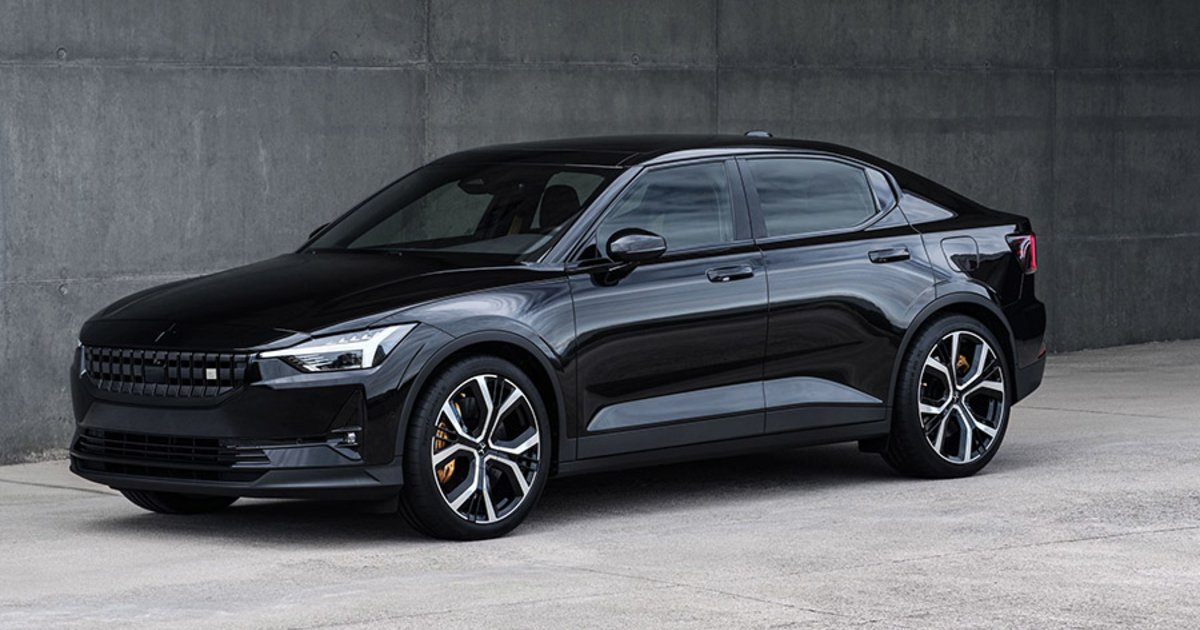
Polestar increased sales of its electric vehicles by 125 percent to 21,200 during the first half, nearly matching its full-year volume from last year.
The Volvo Cars EV subsidiary, which joined the Nasdaq last month in an $890 million deal, sold 29,000 vehicles last year and aims to increase that total to 290,000 by 2025.
Despite the strong first-half numbers, the Tesla Inc. rival still expects to fall 15,000 units short of its sales target of 65,000 this year, blaming the hit on COVID-19 lockdowns in China, where it produces its only model, the Polestar 2.
“I am very confident that the strong momentum we have seen this year in brand awareness and sales figures will accelerate powerfully in the coming years as more ground-breaking cars are revealed,” Polestar CEO Thomas Ingenlath, who will speak at the Automotive News Europe Congress on Thursday, said in a statement.
Without providing specifics, the company said that its order book its getting a lift from its deal with rental car firm Hertz Global Holdings, which announced in April it would buy up to 65,000 Polestar EVs over five years.
To help recover lost volume, Polestar has introduced of a second shift at its factory in Luqiao, China. The company said it is confident it will hit its delivery targets starting next year.
A key part of reaching its 2023 goal — 124,000 global sales — is the arrival of the Polestar 3 premium large SUV, which will have its global debut in October.
“The Polestar 3 will stand out among other SUV offerings and boost our growth trajectory,” Ingenlath said in the statement. “It also represents the expansion of our manufacturing footprint into the United States as we become even more global.”
The Polestar 3 will be built alongside Volvo’s forthcoming flagship crossover at the Swedish automaker’s U.S. factory near Charleston, S.C. The crossover will be followed by the Porsche Macan sized Polestar 4 in 2023 and the Polestar 5 large sedan in 2024.
The production woes have not impeded Polestar’s market expansion. It is now active in 25 markets, up from 23 after the first quarter and up from 19 at the end of 2021, with Spain and Portugal being among the key new additions.
Italy and Israel will be added before year end as part of the company’s aims to have operations going in 30 market at the close of 2022.
The company said its number of global retail locations rose to 125 from 103 during the period, with about 30 more stores expected to open by the end of 2022.